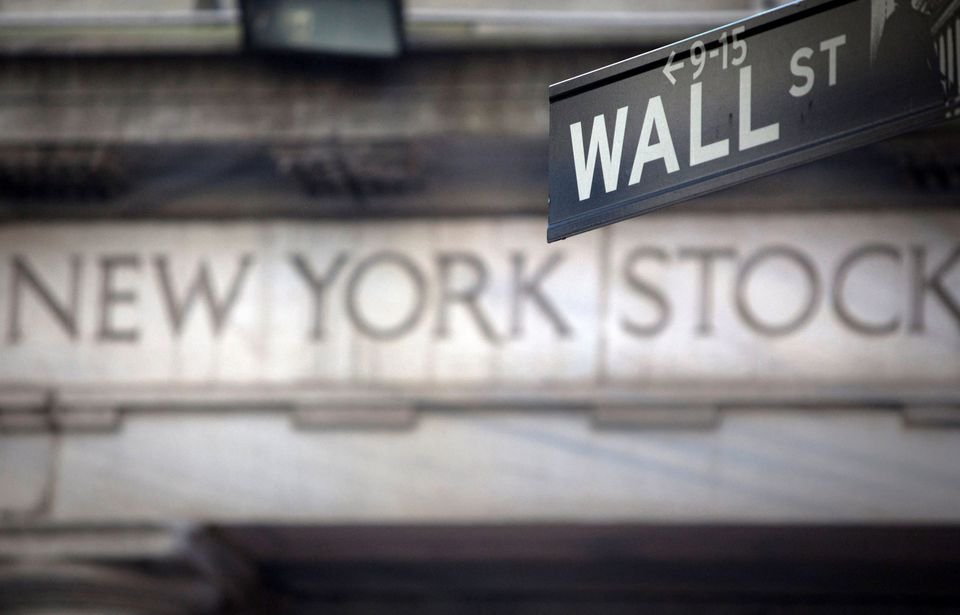The previously optimistic indicators that pointed towards an upward trajectory for U.S. stocks in the current year have undergone a shift towards a more neutral stance, potentially exposing equities to instability arising from recent surges in bond yields and concerns surrounding China’s economic situation, according to assessments from investors.
Certain investors pay attention to contrarian indicators, which help gauge the prevailing sentiment in the market. In this context, extreme pessimism is often viewed as a signal to buy, and conversely, extreme optimism as a signal to sell.
At the beginning of the year, various metrics such as stock positioning and cash allocations demonstrated significant bearish sentiment, reflecting investors’ bleak expectations due to a severe market downturn in 2022 and anticipated economic contraction in the latter half of the ongoing year.
However, as the year progressed, signs of a resilient economy and a moderation in inflation prompted investors to become more active and willing to take on risk.
This momentum led to an almost 14% increase in the S&P 500 index throughout the year.
Consequently, some experts contend that the outcome of this shift is a reduction in the amount of idle cash available to propel further market gains and a decrease in the number of skeptical investors who can be won over to a more positive stance.
While bearish positioning was a “strong tailwind” for risk assets in the first half of 2023, that’s “not the case” in the second half, strategists at BofA Global Research wrote in a report earlier this week.
The bank’s survey of fund managers showed cash allocations dropped to 4.8% in August, the lowest level in 21 months. That shifted its “cash rule” indicator – which stands at “buy” when allocations are above 5%, to “neutral.” The survey also showed fund managers the least bearish since February 2022.
Bearishness among retail investors, meanwhile, is at half the levels seen in September 2022, according to the AAII Sentiment Survey.
“There was plenty of pessimism in the market earlier this year and that shift from pessimism to optimism was fuel for a rally,” said Willie Delwiche, strategist at Hi Mount Research. “We saw it quickly go from too much pessimism to excessive optimism, and now we are starting to see that roll over.”

